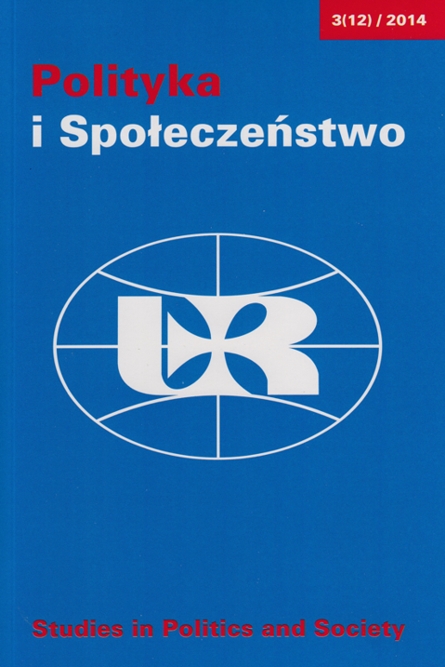The evolution of marketing strategies of Polish political parties between 1989 and 2011 – from election studio to internet advertising
Keywords:
electoral TV ads, television spots, political parties, political marketingAbstract
The Round Table Agreement led to the opening up of the Polish political scene and initiated the free competition of political parties. From this moment on we have dealt with permanent professionalization of the campaign, especially political TV advertising. Analyzing TV spots from the election campaigns we can subdivide three phases, attributable to periods: 1989–1995, 1995–2001 and 2001–2011. The first of these is characterized by a low degree of professionalization and poor use of political advertising. The second phase involves the personalization of the campaign and gradual expansion of advertising formats. The third phase, initiated by parliamentary elections in 2001, is characterized by a significant increase in spending on paid advertising and benefiting from patterns of U.S. political campaigns (shorter and more dynamic spots, domination of image content and the use of negative advertising). Parliamentary elections in 2011 may herald the beginning of the next phase. It can be assumed that in the era of technological progress Polish parties will gradually move their advertising messages to the Internet.Downloads
Published
2021-04-21
How to Cite
Olszanecka, A. (2021). The evolution of marketing strategies of Polish political parties between 1989 and 2011 – from election studio to internet advertising. Studies in Politics and Society, 12(3), 131–140. Retrieved from https://journals.ur.edu.pl/polispol/article/view/1738
Issue
Section
Articles
License

This work is licensed under a Creative Commons Attribution-ShareAlike 4.0 International License.


